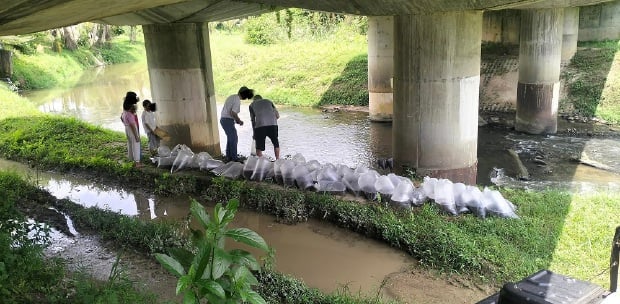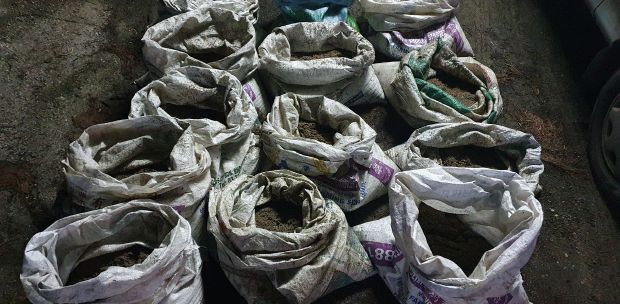KUALA LUMPUR: Mitigation plans are being drawn up to address the issue of invasive aquatic species (IAS) in rivers nationwide.
Fisheries Department director-general Datuk Adnan Hussain said this after the invasion of foreign fish in the Klang Valley rivers has reached an alarming level, potentially causing the extinction of the rivers' indigenous aquatic life.
He said various efforts are being undertaken by the department such as control and mitigation of IAS at the national level through the Foreign Species Management Plan.
"The department is drafting cooperation with relevant parties to ensure the preservation of local fish species through public release activities.
"This year, the Fisheries Department office in Kuala Lumpur and Putrajaya plans to collaborate with non-governmental organisations and private companies to raise public awareness.
"Additionally, a Red Tail catfish hunting programme is being implemented in four states: Pahang, Negri Sembilan, Perak, and Selangor, inviting anglers to participate," he told the New Straits Times.
Yesterday, Adnan said more than 80 per cent of rivers in the Klang Valley have been invaded and inhabited by foreign fish, which can cause the extinction of the rivers' indigenous aquatic life.
Among the foreign fish invading five rivers — for example, Sungai Kuyoh, Sungai Klang, and Sungai Keroh — are black tilapia, suckermouth catfish, African catfish, Javanese carp and jaguar fish.
This has caused the habitat of native fish to nearly disappear and become difficult to detect due to the predatory nature of the foreign fish.
The situation was most critical in Sungai Kuyoh, Bukit Jalil, where 99 per cent of its habitat consisted of foreign fish.
Adding more on the invasive species, Adnan said plecos, the common name for catfish popular in the ornamental fish industry due to their varied appearances and sizes, could disrupt local habitats within five to 10 years of introduction.
"These invasive species thrive due to their unique feeding and breeding habits, adaptability to new environments, and high resilience to polluted waters, growing up to 1kg with an average weight of 500g.
"They degrade local habitats by lowering water quality, reducing aquatic vegetation, and altering riverbanks with their breeding burrows.

"Their aggressive behaviour also disrupts the local food chain, putting pressure on native species."
He said proper disposal of captured plecos is crucial as they can survive in polluted environments and for extended periods out of water.
Most of the plecos that are caught are usually left on the riverbank. However, removing the fishes from the river does not guarantee that it will die, he said.
Adnan added that guidelines for the humane disposal of fish can be found in the Animal Welfare Code of Practice.
"Plecos have high resilience and can live in dirty water and polluted environments. Even if left on land, these fish can survive for quite a long time compared to other fish.
"If left only on the riverbank, there is a possibility that the fish could escape back into the river.
"Therefore, the best way to eliminate these plecos is by digging a hole and burying the fish in the ground. This way, the fish will not be able to escape back into the river."
Adnan urged the public not to release captured plecos back into public waters and to dispose of them responsibly.
"Those involved in religious or conservation fish releases should seek guidance from local fisheries offices. The ornamental fish industry is also advised against indiscriminate releases into public waters," he said.





